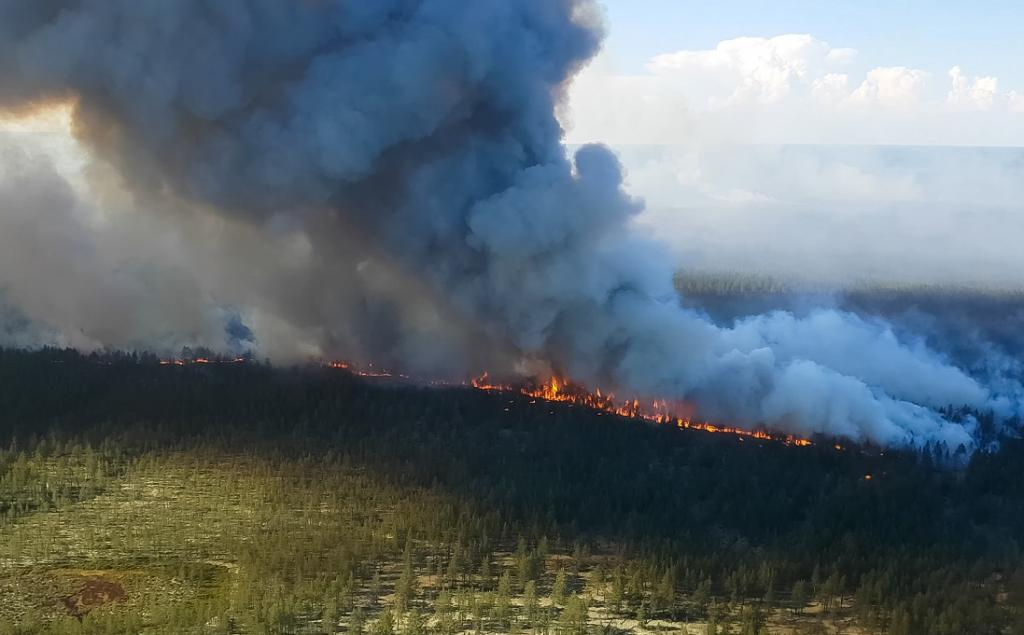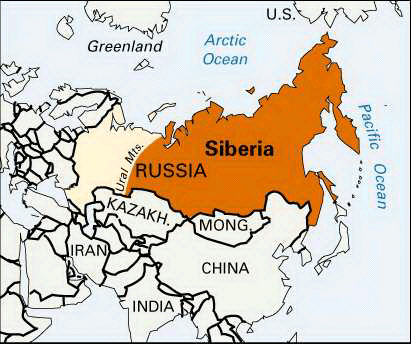Free Courses Sale ends Soon, Get It Now


Free Courses Sale ends Soon, Get It Now



Copyright infringement not intended
Context: Irkutsk region in Siberia, along with Jewish Oblast and Khabarovsk Krai, declared a state of emergency due to widespread forest fires.
About Siberia
Climate
Vegetation Zones
Natural Resources

Source:
|
PRACTICE QUESTION Q. Authorities in the "Irkutsk Oblast" recently declared a state of emergency as a massive forest fire raged. In which nation Irkutsk Oblast is located? A) Japan B) USA C) Russia D) Sweden Answer: C |
© 2024 iasgyan. All right reserved